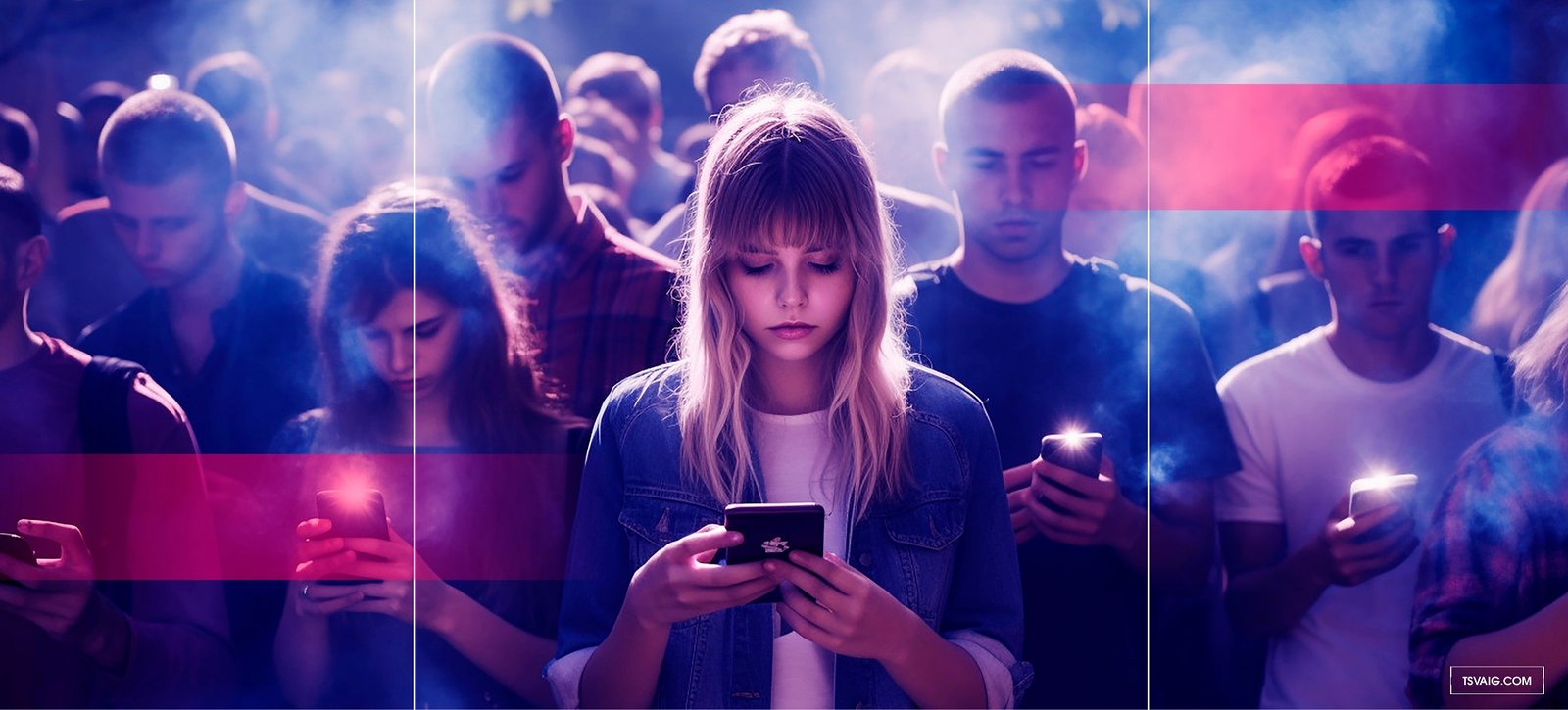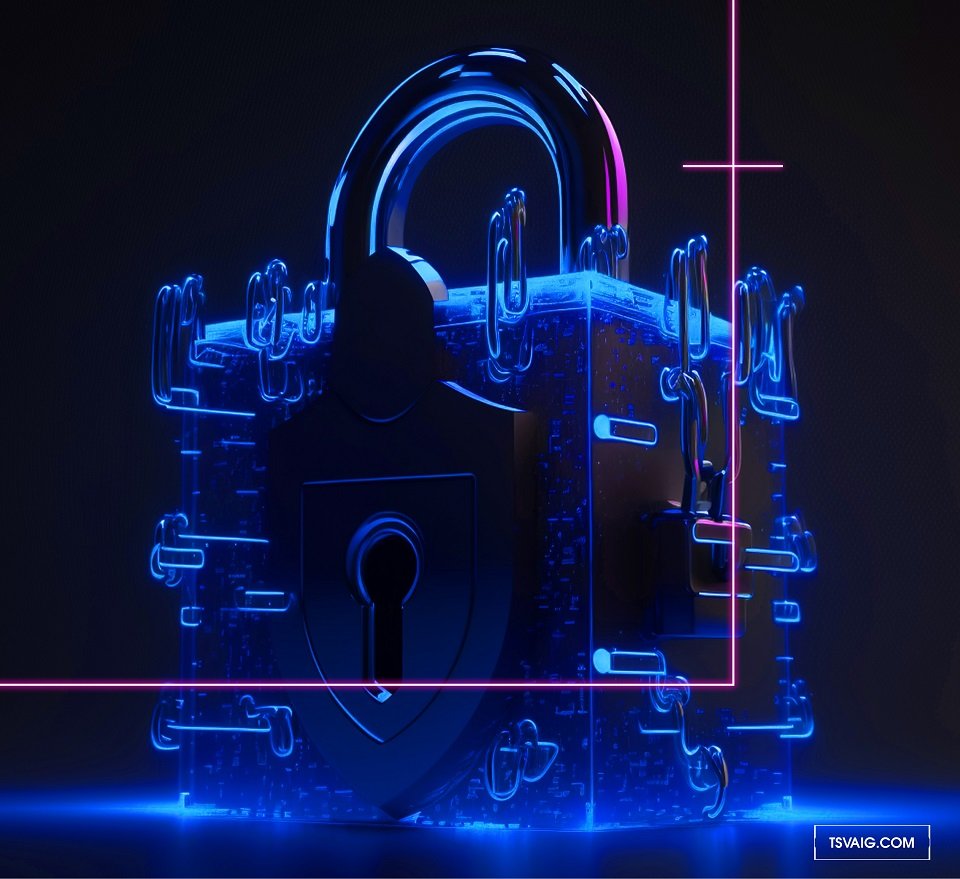Learn to defend yourself against disinformation: a crucial skill in the 21st century

Foreword
Hello, user_name!
Have you ever come across a viral tweet claiming the moon landing was staged? Or a doctored video fueling vaccine conspiracy theories? These are not isolated incidents; this is the new battlefield of disinformation where the weapons are lies that target the minds of people with the aim of damaging trust and truth. In this article, we’ll explore what disinformation really is, how it is created and spread and what is the purpose behind it. Buckle up, and let’s find out the best ways you can defend yourself against disinformation in the digital age of the 21st century.
Understanding disinformation
Although there is not one agreed-upon definition, disinformation broadly refers to the deliberate and often covert spread of false information in order to influence public opinion or obscure the truth. Looking at it from the lens of cyber warfare, the objective of disinformation can change to deceiving people in order to cause serious harm.
Imagine you come across an article online titled «Elon Musk Buys the Moon, Plans to Turn it into a Giant Disco Ball». It’s a whole lot more serious when you see a post on social media claiming rigged elections that sparks unrest and fuels polarization among the community.
Disinformation can be harmful in a number of ways, including violating human rights, undermining responses to public policies, and amplifying tensions in case of an emergency or an armed conflict. However, it is not limited to these domains as it can be utilized as a weapon in countless other contexts.

The significance of disinformation in the 21st century
Imagine this: your uncle George comes across a viral post about a «toxic» avocado smoothie, based on an unreliable website, that turns a healthy snack into a public health threat in a matter of minutes. Doesn’t seem dangerous yet? Now think about this: social media algorithms are exploited to target specific demographics with tailored disinformation campaigns, influencing their voting behavior or inciting violence.
Disinformation destroys the fundamental fabric of trust and truth a society is based upon. A state’s targeted social media campaign can create polarization among the public, leading to mistrust, protests, strikes, and eventually violence. Designed to target the worst impulses of the common folk, disinformation can cause people to lose trust in government institutions and policies.
Common types of disinformation
Technology and connectivity are a blessing for many reasons. However, in the case of spreading disinformation, they have played the role of a curse, allowing disinformation to penetrate into all fields of life. Here are the common forms of disinformation you are likely to find today:
-
Health-related disinformation
You must have come across social media posts and videos online regarding vaccine or medicine conspiracies. Health-related disinformation can lead to harmful results, especially for the vulnerable part of the population, such as children and the elderly.
-
Political disinformation
Claiming rigged elections, spreading false information about a politician, or engaging in conspiracies in the political realm can cause chaos in the entire nation. This can lead to polarization and unrest, which eventually causes violence.
-
Economic disinformation
Have you ever invested in cryptocurrency after coming across a social media post that claimed you would earn big but ended up losing it all? Yes, that is an example of economic disinformation that includes deliberately spreading false information regarding the economy, leading to poor financial decisions.
-
Social disinformation
False statements about social issues or people can lead to a negative reaction from the public, leading to a particular section of the community getting harmed through hate speech.


How to defend yourself against disinformation
Now that you are aware of what disinformation is and how dangerous it can be, it’s time to teach you how to tackle this bully so it never bothers you again. Here are the best ways you can defend yourself against disinformation:
Don’t just repeat the disinformation, repeat and correct
In today’s world where the truth is hidden under a web of lies, anyone can believe a lie if they hear it a considerable amount of times. If a celebrity or a famous public figure goes on repeating false information, more people are likely to start believing in it.
To counter this, you must only repeat a lie when you want to correct it. Briefly mention the lie and immediately go on explaining why it is wrong. Turns out, repeating a lie is like eating spinach – the more you have, the less tasty the truth becomes.
Understand and reduce the spread of false information
The United Nations encourages states to allow and protect free and independent media so correct information is readily available to the public. In addition, people can also be taught lessons on critical thinking so they can identify patterns present in any disinformation they come across in their everyday lives.
Additionally, states should work with social media companies and platforms to understand how false information is spread and how it can be tackled on a state level rather than an individual level. Doing so can help them present the spread of misinformation at a mass scale.
Using misinformation correction strategies
Letting the people know the truth is not enough to tackle disinformation. Correction of false information is important in making a difference. However, another essential step to ensure disinformation does not spread is to use tools that encourage healthy habits.
Tools such as counseling the public regarding the dangers of disinformation or establishing certain incentives for the public so it refrains from spreading false information can go a long way. Furthermore, states or communities can engage their people to create social norms against the spread of fake news or disinformation.
Countering disinformation through credible sources
A major reason why people believe in false information is that it matches their social or political identity or that they did not bother to look into the accuracy of it. In such cases, it is important for states and individuals to seek help from sources that hold leverage over the public.
For instance, using trusted individuals such as religious leaders to debunk a false narrative can result in people not believing in it. Moreover, political leaders, credible state departments, and well-educated professors can also play the role of a credible source, helping to counter misinformation.
Prebunking disinformation
Why wait until the disinformation has spread to debunk it when you can build skills and resilience from an early age to tackle the evil before it spreads? Organizing social media campaigns using posts, short videos, and messages highlighting the trends helping people identify disinformation.
However, this could only be a gradual process because, just like vaccines, the protection wears off over time. We need regular boosters of prebunking and training in media savvy to stay resilient against online lies.
Key takeaways
Disinformation refers to the deliberate spread of false information to alter people’s narratives or to cause serious harm. To protect yourself from this evil, you need to use credible sources of information and learn to critically analyze and research before believing any information you find online. On a state level, countries can organize social media campaigns that target disinformation and teach the public how to be savvy in order to identify false information and safeguard against it.








